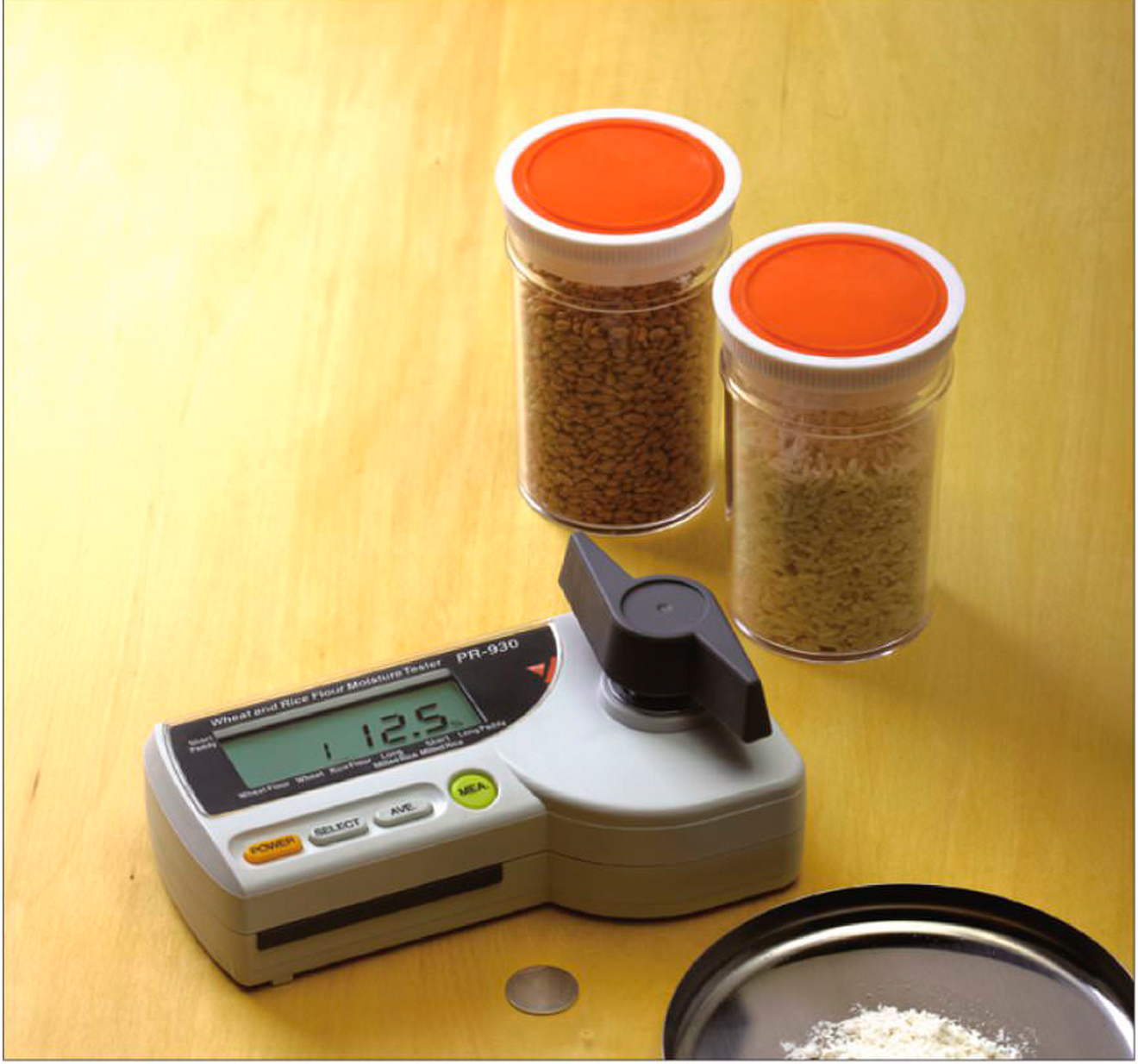Delve Into the Globe of Moisture Meters: Everything You Required to Know
In the world of moisture meters exists a globe of accuracy and practicality that typically goes unnoticed. Comprehending how moisture meters operate, the different types available, and their varied usages can drop light on their value in making certain quality and efficiency.
Just How Moisture Meters Work
Moisture meters run by determining the electrical conductivity or capacitance of materials to determine the moisture content existing. These meters are indispensable devices across numerous industries, including woodworking, agriculture, and construction. By using different techniques such as pinless or pin-type modern technology, dampness meters offer precise analyses that aid professionals make notified choices.
Pin-type dampness meters work by putting the sharp pins right into the material being examined. On the other hand, pinless wetness meters utilize electro-magnetic signals to scan a bigger location without causing any type of damage to the material's surface area.
No matter the technique used, wetness meters play an essential function in protecting against issues such as mold development, architectural damages, or item problems brought on by excess moisture. Comprehending just how these meters job is essential for guaranteeing the top quality and integrity of products in various applications.
Kinds Of Moisture Meters
Offered the vital duty dampness meters play in numerous markets, it is vital to recognize the different types available to experts for properly analyzing dampness degrees - Moisture Meter. There are primarily 2 main sorts of dampness meters: pinless and pin-type moisture meters

On the various other hand, pinless dampness meters utilize electromagnetic sensing unit plates to scan a larger location of the material without causing any kind of damage. This kind is appropriate for quickly scanning big areas and is generally used for floor covering, walls, and ceilings. Pinless meters are hassle-free for taking analyses on completed surfaces without leaving any kind of visible marks.
Both kinds of moisture meters have their advantages and are chosen based on the details demands of the task available. Understanding the differences between these types is critical for specialists to make accurate moisture analyses.
Applications Throughout Industries
Construction professionals count on wetness meters to examine the dampness levels in building products like wood, drywall, and concrete, which is critical for preserving structural integrity and stopping problems like rot or mold. The floor covering industry uses moisture pop over here meters to gauge the dampness content in subfloors prior to mounting different floor coverings, stopping pricey damages due to excess moisture. In the food sector, dampness meters are used to monitor and control moisture degrees in items such as grains, nuts, and dried fruits to maintain freshness and quality.
Tips for Using Moisture Meters
Utilize the dampness meter's calibration settings to make sure precise readings when gauging the dampness web content in different products. In addition, make certain the meter is set to the appropriate dampness variety for the product you are gauging to obtain the most specific outcomes.
When using a pin-type wetness meter, place the pins to the ideal depth recommended for the material being tested. This guarantees that the dampness readings are drawn from the proper depth within read here the material, supplying an extra exact depiction of its moisture material. For pinless moisture meters, remember to maintain appropriate call with the material's surface to obtain dependable analyses.
On a regular basis inspect and change the batteries in your moisture meter to avoid incorrect readings due to low power. Store the meter in a dry and safe area when not being used to prolong its life expectancy and preserve its accuracy. By complying with these ideas, you can take full advantage of the performance of your moisture meter and obtain precise wetness material measurements across different materials.
Maintenance and Calibration
To ensure the precision of moisture material dimensions, regular upkeep and calibration of the dampness meter are necessary steps in its appropriate functioning. Calibration adjusts the dampness meter to ensure that it supplies trustworthy and constant results.
Calibration needs to be carried out regularly, specifically if the wetness meter is utilized frequently or in important applications where precise dimensions are required. Lots of moisture meters feature calibration tools or can be adjusted by professional solutions. Moisture Meter. It is suggested to keep a log of calibration dates and results to track the performance of the moisture meter with time. By preserving and adjusting the dampness meter regularly, individuals can trust the precision of the wetness material measurements obtained.
Conclusion

Finally, dampness meters play an important function in numerous markets by properly gauging the dampness official source content of products. Comprehending how these gadgets work, the different types offered, and proper upkeep and calibration are essential for obtaining reputable outcomes. Whether in building and construction, production, or agriculture, making use of dampness meters helps make certain quality assurance and efficiency in procedures.

In final thought, wetness meters play an essential duty in numerous markets by accurately measuring the moisture content of materials.
Comments on “How a Moisture Meter Can Assist You Maintain Optimum Problems in Your Home or Workplace”